Home>Garden Essentials>Garden Storage>Backyard Greenhouse Ideas
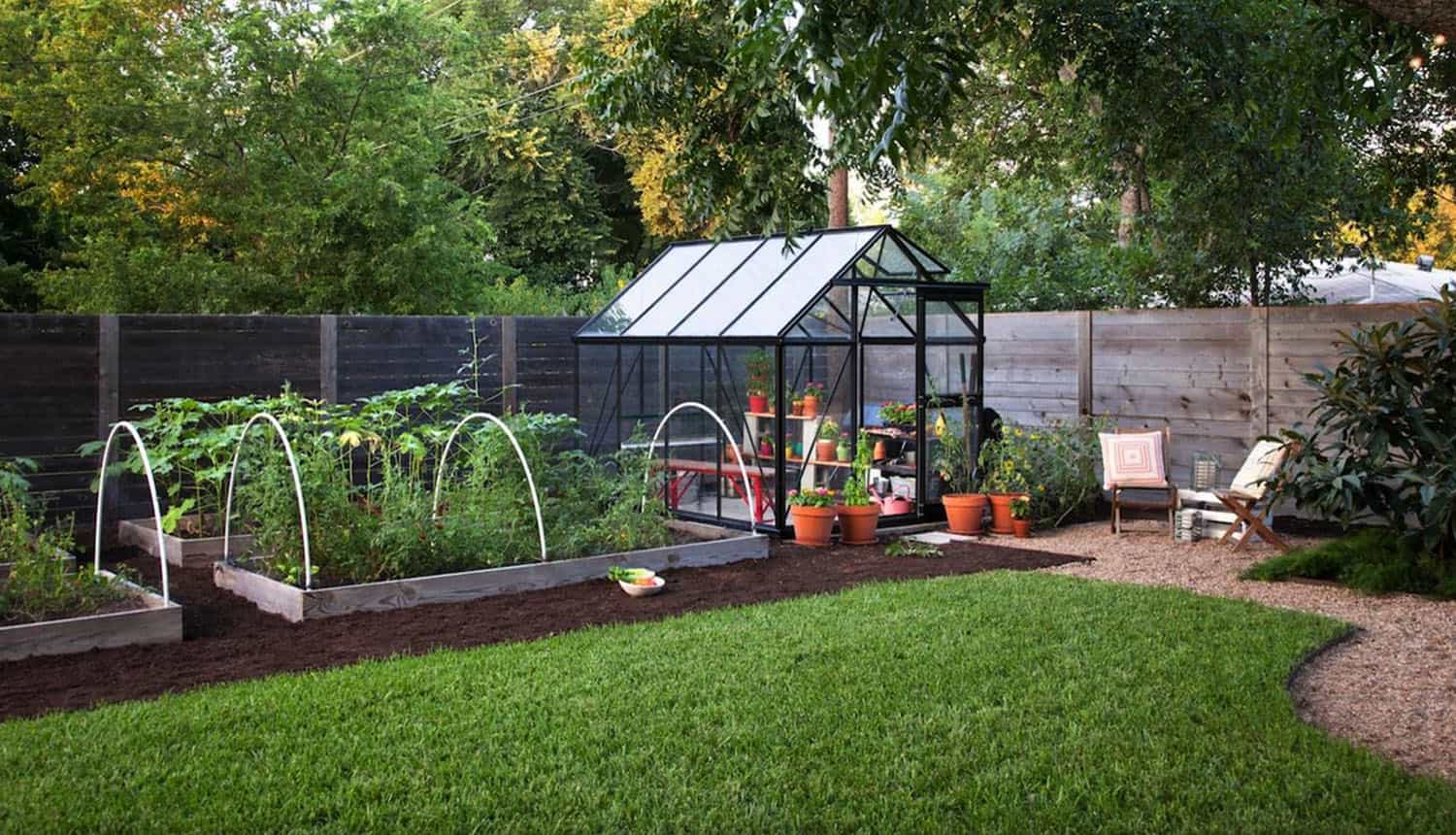

Garden Storage
Backyard Greenhouse Ideas
Modified: August 28, 2024
Discover creative and practical backyard greenhouse ideas for storage. Maximize your outdoor space with innovative storage solutions for your gardening tools and supplies.
(Many of the links in this article redirect to a specific reviewed product. Your purchase of these products through affiliate links helps to generate commission for Storables.com, at no extra cost. Learn more)
Introduction
Welcome to the world of backyard greenhouses! These magical structures not only add beauty to your outdoor space, but they also provide a haven for your plants to thrive. Whether you’re a seasoned gardener looking to expand your growing space or a beginner who wants to dip their toes into the world of gardening, a backyard greenhouse can be the perfect solution.
Imagine being able to grow your favorite vegetables, herbs, and flowers all year round, regardless of the weather conditions outside. A backyard greenhouse offers you the freedom to create your own microclimate, controlling factors like temperature, humidity, and light to provide optimal growing conditions for your plants.
But the benefits of a backyard greenhouse extend far beyond just year-round gardening. They can also serve as a sanctuary, a place to relax and unwind amidst the lush greenery. Many gardeners find tending to their plants in a greenhouse to be a therapeutic and meditative experience. It’s a tranquil refuge from the stresses of daily life.
Key Takeaways:
- Transform your backyard into a year-round oasis with a greenhouse, providing optimal growing conditions and a therapeutic retreat amidst lush greenery.
- Maximize space and plant variety in your backyard greenhouse by utilizing vertical gardening, compact plant varieties, and strategic layout planning.
Benefits of a Backyard Greenhouse
A backyard greenhouse offers numerous benefits for both experienced gardeners and beginners alike. Let’s explore some of the key advantages of having your very own greenhouse:
- Extended Growing Season: With a backyard greenhouse, you have the power to extend your growing season significantly. Instead of being limited to a specific time of year, you can start your plants early in the spring and continue growing them well into the fall or even winter. This means a longer harvest and the ability to enjoy fresh produce year-round.
- Protection from Extreme Weather: Greenhouses provide a shield against harsh weather conditions such as frost, heavy rain, strong winds, and hail. They act as a barrier, safeguarding your plants from the elements that can damage or even destroy them. By creating a controlled environment, you can ensure the health and survival of your garden, regardless of outside weather fluctuations.
- Pest and Disease Control: One of the major advantages of a backyard greenhouse is the ability to control pests and diseases. By establishing a closed-off environment, you can prevent common garden pests from wreaking havoc on your plants. Additionally, the controlled airflow and proper sanitation practices can help minimize the risk of diseases spreading, allowing your plants to thrive in a healthier environment.
- Optimal Growing Conditions: Greenhouses give you the ability to customize and fine-tune the growing conditions for your plants. You can regulate the temperature, humidity, and light levels to create an ideal environment for specific crops. This level of control enhances the overall growth and productivity of your plants, resulting in better yields and healthier specimens.
- Variety and Experimentation: With a backyard greenhouse, you can grow a wider variety of plants that may not otherwise thrive in your climate. From tropical flowers to exotic fruits, you can push the boundaries and explore new possibilities. Greenhouses also allow you to experiment with different growing techniques, such as hydroponics or vertical gardening, expanding your knowledge and skillset in horticulture.
In addition to these benefits, a backyard greenhouse can also provide a beautiful focal point in your landscape design, adding aesthetic appeal and increasing the value of your property. It’s a versatile space that can be customized to suit your needs and preferences, whether you envision it as a functional gardening space or a cozy retreat.
Now that we’ve explored the advantages of having a backyard greenhouse, let’s delve into the process of choosing the right greenhouse for your specific needs.
Choosing the Right Greenhouse for Your Backyard
When it comes to choosing a greenhouse for your backyard, there are several factors to consider to ensure it meets your specific needs and preferences. Here are some key points to keep in mind during the selection process:
- Size: The size of the greenhouse will depend on the available space in your backyard and the amount of plants you wish to grow. Consider both the floor space and the height of the structure. A larger greenhouse provides more room for a diverse range of plants and allows for better airflow, but it may require more maintenance and energy to heat or cool.
- Location: Find a spot in your backyard that receives ample sunlight throughout the day. Most plants require at least 6 hours of direct sunlight for optimal growth. Additionally, consider the accessibility of the location for tasks such as watering, ventilation, and maintenance.
- Materials: Greenhouses can be constructed using various materials such as glass, polycarbonate panels, or plastic film. Each material has its own advantages and considerations. Glass provides excellent light transmission and durability but can be more expensive. Polycarbonate panels are lightweight, insulating, and shatter-resistant. Plastic film is affordable but may require replacement over time.
- Insulation: Depending on your climate, insulation may be crucial for maintaining stable temperatures inside the greenhouse. Insulation materials like double-glazed glass and insulated panels help retain heat during the colder months and prevent excessive heat buildup in warmer climates. Adequate insulation contributes to energy efficiency and fosters optimal growing conditions.
- Ventilation: Proper ventilation is essential in a greenhouse to regulate temperature, humidity, and air circulation. Look for features such as windows, vents, or ventilation systems that can be opened or closed as needed. This will allow you to control and optimize the airflow to prevent plant stress and the buildup of condensation or fungal diseases.
- Budget: Determine your budget before starting the search for a greenhouse. Consider not only the initial cost of the structure but also ongoing expenses such as heating, cooling, and maintenance. Keep in mind that investing in a well-built, durable greenhouse may save you money in the long run by providing better insulation and longevity.
It’s also worth exploring greenhouse kits or custom-designed options. Kits are pre-designed structures that come with all the necessary components and instructions for easy installation. Custom-designed greenhouses allow you to tailor the size, layout, and features to fit your specific requirements.
By taking these factors into account and considering your unique gardening goals and budget, you can make an informed decision and select a greenhouse that will provide a suitable environment for your plants to flourish. Once you’ve chosen the right greenhouse, it’s time to set it up and bring your gardening dreams to life.
Types of Backyard Greenhouses
When it comes to backyard greenhouses, there are several types to choose from, each with its own unique features and benefits. Understanding these different types will help you narrow down your options and select the one that best suits your gardening needs. Let’s explore some of the most popular types of backyard greenhouses:
- Lean-To Greenhouse: This type of greenhouse is built against an existing structure, such as a wall or the side of a house. Lean-to greenhouses are ideal for smaller yards or limited spaces as they maximize the use of existing structures and utilize less material. They are also convenient for accessing utilities such as electricity and water.
- Freestanding Greenhouse: As the name suggests, freestanding greenhouses are standalone structures that can be placed anywhere in your backyard. They offer more flexibility in terms of size, design, and placement. Freestanding greenhouses allow you to create a dedicated gardening space, separate from other structures, providing optimal sunlight exposure and efficient airflow.
- Hoop House: Hoop houses, also known as polytunnels, are low-cost and versatile greenhouses. They are constructed with a series of hoops made from metal or PVC pipe, covered with greenhouse-grade plastic. Hoop houses are easy to assemble and dismantle, making them convenient for seasonal gardening. They provide excellent protection against pests and weather elements.
- Glass Greenhouse: Glass greenhouses exude a classic and elegant aesthetic. They offer the advantage of excellent light transmission and durability. Glass structures retain heat well and create a stable environment for your plants. However, they can be more expensive to construct and may require additional insulation in colder climates.
- Polycarbonate Greenhouse: Polycarbonate greenhouses have become increasingly popular due to their lightweight, durable, and insulating properties. The twin-wall or multi-wall polycarbonate panels provide excellent light diffusion while retaining heat. They are resistant to impacts and offer better insulation compared to glass. Polycarbonate greenhouses are also more economical and easier to install.
- Cold Frame: A cold frame is a simple and small greenhouse-like structure used primarily for seed starting and extending the growing season of cool-season crops. Cold frames are typically low to the ground with a transparent or translucent cover, allowing sunlight in while protecting plants from frost and harsh weather conditions. They are perfect for beginners or gardeners with limited space.
Each type of greenhouse has its own advantages and considerations. When choosing the right type for your backyard, consider factors such as your gardening goals, available space, budget, and climate. This will ensure that you select a greenhouse that not only meets your needs but also enhances your gardening experience.
Now that you’re familiar with the different types of backyard greenhouses, it’s time to dive into the next steps: setting up your greenhouse and designing a functional and appealing space for your plants.
Setting Up Your Backyard Greenhouse
Setting up your backyard greenhouse is an exciting journey that involves careful planning and preparation. Follow these steps to ensure a successful and efficient setup:
- Choose the Location: Select a location in your backyard that receives ample sunlight throughout the day. Avoid areas with excessive shade or obstructions that may hinder the light penetration. Consider factors such as accessibility for watering and maintenance, as well as the overall aesthetic appeal of the location.
- Prepare the Ground: Clear the area of any debris, rocks, or weeds. Level the ground to ensure a stable foundation for your greenhouse. If needed, consider installing a weed barrier or gravel base to prevent weed growth and improve drainage.
- Stake out the Dimensions: Use stakes and twine to mark the dimensions of your greenhouse on the ground. This will give you a visual idea of the space it will occupy and help you make any necessary adjustments before the actual construction begins.
- Build the Foundation: Depending on the type of greenhouse you have chosen, you may need to construct a foundation. Options include concrete slabs, wooden frames, or raised beds. Ensure that the foundation is level and securely anchored to the ground to provide stability for your greenhouse structure.
- Assemble the Structure: Follow the manufacturer’s instructions or the guidance provided in your greenhouse kit to assemble the structure. Ensure that all the components fit together securely and that the frame is sturdy. Pay attention to the proper placement of doors, vents, and windows, allowing for easy access and ventilation.
- Install Coverings: Cover your greenhouse frame with the appropriate materials, such as glass, polycarbonate panels, or plastic film. Ensure that the coverings are tightly secured to provide protection against the elements and maintain a controlled environment inside the greenhouse.
- Set up Ventilation and Shading: Install any necessary ventilation systems, such as windows, vents, or exhaust fans, to regulate airflow and prevent excessive heat buildup. Consider adding shading options, such as shade cloth, to protect your plants from intense sunlight during hot summer days.
- Add Shelving and Benches: To maximize space and create an organized planting area, install shelves and benches inside your greenhouse. This will provide ample room for pots, trays, and other gardening essentials. Organize the shelves in a way that allows for easy access and efficient plant care.
- Set up Irrigation and Heating Systems: Depending on your gardening needs and the climate in your area, consider installing an irrigation system to automate watering and ensure consistent moisture levels. Additionally, if you plan to use your greenhouse during colder months, invest in a reliable heating system to maintain optimal temperatures for your plants.
Once your backyard greenhouse is fully set up, it’s time to start designing and decorating the space to create a visually appealing and functional environment for your plants. Let’s explore some inspiring backyard greenhouse design ideas in the next section!
Backyard Greenhouse Design Ideas
Your backyard greenhouse can be more than just a functional structure—it can also be a beautiful and inviting space that complements your outdoor aesthetic. Here are some design ideas to inspire you in creating a stunning backyard greenhouse:
- Rustic Charm: Embrace a rustic theme by incorporating natural elements such as reclaimed wood, stone accents, and antique gardening tools. Use vintage-inspired decor and weathered finishes to create a cozy and charming atmosphere inside your greenhouse.
- Modern Minimalism: Opt for a sleek and minimalist design with clean lines and a minimal color palette. Choose a greenhouse with a modern frame and glass panels to create a contemporary look. Add minimalistic furnishings and potted plants to enhance the simplicity of the space.
- Botanical Retreat: Create an oasis-like atmosphere by surrounding your greenhouse with lush greenery and colorful flowers. Incorporate hanging plants, climbing vines, and vertical gardens to maximize the use of space. Install comfortable seating and add decorative elements like fairy lights or lanterns for a magical ambiance.
- Vintage Victorian: Channel the elegance of a Victorian-era greenhouse by selecting a structure with ornate details, such as curved glass windows and decorative metalwork. Fill the interior with antique-inspired furniture, vintage planters, and Victorian-style accessories to evoke a romantic and nostalgic feel.
- Coastal Oasis: If you live near the coast or simply love the beach vibe, create a coastal-inspired greenhouse design. Decorate with light and breezy colors, such as sky blue and sandy beige. Incorporate driftwood accents, nautical elements, and coastal plants like succulents and tropical palms for a serene and beachy atmosphere.
- Vertical Garden Paradise: Take advantage of vertical space by installing hanging planters and vertical shelving systems. Showcase a variety of cascading plants, trailing vines, and colorful flowers to create a lush and vibrant display. Play with different heights and textures to add visual interest to your greenhouse.
- Herb Garden Haven: If you’re passionate about herbs and cooking, transform your greenhouse into a dedicated herb garden. Install shelves or tiered plant stands to create multiple levels for growing herbs. Label each herb with decorative signs or chalkboard labels to add a personalized touch.
Remember to consider practicality in your design choices, such as incorporating proper drainage systems, storage solutions for gardening tools, and designated work areas. A well-designed backyard greenhouse not only enhances the visual appeal but also provides a functional and efficient space for your gardening needs.
Now that your greenhouse is beautifully designed, let’s explore the essential tools and equipment you’ll need to maintain and care for your plants.
When choosing a location for your backyard greenhouse, make sure it receives plenty of sunlight and is protected from strong winds. This will help create the ideal growing environment for your plants.
Essential Tools and Equipment for Your Backyard Greenhouse
To ensure the success of your gardening endeavors in your backyard greenhouse, it’s important to have the right tools and equipment on hand. Here are some essential items that will help you maintain and care for your plants:
- Hand Tools: Your collection of hand tools should include items like pruners, hand trowels, transplanting tools, and gardening gloves. These tools will assist you in tasks such as seed sowing, transplanting, pruning, and maintaining the overall health of your plants.
- Watering Equipment: Having a reliable watering system is crucial for the well-being of your plants. Invest in a watering can or a hose with a gentle nozzle attachment for precise and controlled watering. Consider installing a drip irrigation system for automated and efficient watering.
- Potting and Propagation Supplies: Propagating plants can be a rewarding activity in your greenhouse. Stock up on pots, seed trays, seed starting mix, and rooting hormone for successful propagation. Having a designated area for potting and propagation will help keep your greenhouse organized.
- Thermometer and Hygrometer: Monitoring the temperature and humidity levels inside your greenhouse is essential for maintaining optimal growing conditions. Invest in a good-quality thermometer and hygrometer to track these factors accurately. This will allow you to adjust ventilation and control the climate accordingly.
- Shelving and Benches: Maximizing space in your greenhouse is key. Install sturdy shelving units or benches to create additional surfaces for plant storage and organization. This will help keep your plants off the ground and make it easier to tend to them.
- Plant Supports: Depending on the plants you’re growing, you may need plant supports like trellises or stakes to provide structural support for climbing vines, tall plants, or heavy fruiting vegetables. These supports will ensure that your plants grow upright and prevent them from collapsing or sprawling.
- Pruning Shears: Keep a pair of sharp pruning shears handy for regular pruning and maintenance tasks. Pruning helps remove dead or diseased plant parts, shapes the growth of your plants, and encourages better air circulation and overall plant health.
- Pest Control Supplies: Be prepared to tackle common pests and diseases that may affect your greenhouse plants. Keep organic pest control solutions like insecticidal soap, neem oil, or diatomaceous earth on hand. Monitor your plants regularly and take preventive measures to minimize pest infestations.
- Seeds, Seedlings, and Potting Mix: To keep your greenhouse productive, stock up on a variety of seeds, seedlings, and potting mix suitable for different plants. Having a diverse range of plant varieties will add visual interest and provide you with a continuous harvest throughout the year.
Remember to keep your tools properly cleaned and organized to ensure longevity and ease of use. Having the right tools and equipment in your backyard greenhouse will make your gardening experience more enjoyable and help you maintain healthy and thriving plants.
Now that you’re equipped with the essential tools and equipment, let’s delve into some helpful tips for maintaining your backyard greenhouse.
Tips for Maintaining Your Backyard Greenhouse
Maintaining a well-functioning and productive backyard greenhouse requires regular care and attention. Here are some essential tips to help you keep your greenhouse in optimal condition:
- Monitor Temperature and Ventilation: Regularly check the temperature and humidity levels inside your greenhouse using your thermometer and hygrometer. Make necessary adjustments to maintain the ideal climate for your plants. Proper ventilation is key to preventing issues like mold, fungal diseases, and excessive heat buildup. Open windows or use ventilation systems to ensure adequate airflow.
- Water Wisely: Proper watering is crucial for plant health in a greenhouse. Monitor the moisture levels of your plants and water them as needed, taking into account factors like the type of plant, season, and weather conditions. Avoid overwatering, as it can lead to root rot and other plant diseases. Opt for watering in the early morning to allow excess moisture to evaporate throughout the day.
- Control Pests and Diseases: Regularly inspect your plants for signs of pests or diseases. Implement integrated pest management strategies, such as removing affected plants, introducing beneficial insects, or using organic pest control methods. Promptly address any pest or disease issues to prevent them from spreading to other plants in your greenhouse.
- Prune and Harvest Regularly: Regularly prune your plants to remove dead or damaged foliage, improve airflow, and shape their growth. Harvest your crops in a timely manner to encourage continuous production. Regular pruning and harvesting will promote healthier plants and prevent overcrowding in your greenhouse.
- Maintain Cleanliness: It’s important to keep your greenhouse clean to prevent the buildup of plant debris, pests, and diseases. Remove fallen leaves, plant trimmings, and any other organic material regularly. Disinfect your tools and equipment to prevent the spread of pathogens. Regularly sweep and clean the greenhouse structure to maintain a healthy and tidy environment for your plants.
- Monitor Nutrient Levels: Regularly monitor the nutrient levels of your plants to ensure they are receiving the necessary nutrients for healthy growth. Consider implementing a regular fertilization schedule using organic or slow-release fertilizers. Adjust the nutrient levels based on the specific requirements of your plants.
- Practice Crop Rotation: To prevent soil depletion and minimize pest and disease issues, practice crop rotation in your greenhouse. Rotate where you plant different crops each season to help maintain soil fertility and reduce the risk of plant-specific pests and diseases.
- Regularly Inspect for Damage: Conduct routine inspections of your greenhouse structure, including the frame, coverings, and ventilation systems. Look for any signs of damage, wear, or deterioration. Repair or replace damaged components promptly to ensure the longevity and functionality of your greenhouse.
- Keep Records: Maintain a gardening journal or digital record of your greenhouse activities. Note down important information such as planting dates, harvest yields, pest and disease occurrences, and any other observations. This will help you track your progress, identify patterns, and make informed decisions in the future.
By following these maintenance tips, you’ll create a thriving and sustainable environment in your backyard greenhouse. Regular care and attention will contribute to the success of your gardening endeavors and ensure that your plants reach their full potential.
Now, let’s explore some common issues and troubleshooting techniques that greenhouse owners often encounter.
Common Issues and Troubleshooting in Backyard Greenhouses
While backyard greenhouses provide an optimal growing environment, they can still experience certain issues that require attention and troubleshooting. Here are some common problems you may encounter in your greenhouse and how to address them:
- Temperature Fluctuations: Greenhouses can experience temperature fluctuations, especially during extreme weather conditions. To address this issue, consider using shade cloth or blinds to reduce excessive heat buildup in the summer. Use insulation or artificial heating during colder months to maintain optimal temperatures for your plants.
- Pest Infestations: Despite your best efforts, pests may find their way into your greenhouse. To control pest infestations, regularly inspect your plants for signs of damage or pests. Use natural pest control methods like insecticidal soap or introduce beneficial insects to combat common pests like aphids, spider mites, or whiteflies.
- Fungal Diseases: Fungal diseases can thrive in the warm and humid environment of a greenhouse. To prevent or treat fungal issues, maintain proper ventilation and airflow to reduce excess moisture and humidity. Remove infected plant material promptly and apply organic fungicides if necessary.
- Nutrient Deficiencies: Your plants may show signs of nutrient deficiencies, such as yellowing leaves or stunted growth. To address this, regularly monitor the nutrient levels of your soil and adjust your fertilization practices accordingly. Use organic fertilizers or implement foliar feeding to provide your plants with the necessary nutrients.
- Overwatering or Underwatering: Finding the right balance of watering can be challenging in a greenhouse. Overwatering can lead to root rot and fungal diseases, while underwatering can cause plants to wilt and suffer from nutrient deficiencies. Monitor your plant’s moisture needs and adjust your watering frequency and amount accordingly.
- Insufficient or Excessive Light: Greenhouse plants require the right amount of light for healthy growth. If your plants are not receiving enough light, consider installing supplemental lighting to ensure they receive their required daily light exposure. In contrast, if plants are receiving excessive light, use shade cloth or adjust ventilation to reduce the intensity of sunlight.
- Inefficient Ventilation: Poor ventilation can lead to stagnant air and high humidity levels, creating an environment prone to diseases. Make sure your greenhouse has adequate ventilation, including windows, vents, or exhaust fans, to promote proper airflow. Regularly clean and maintain these ventilation systems to ensure they function efficiently.
Remember, prevention is key to avoiding many of these common issues. Regularly inspect your plants, maintain proper sanitation practices, and proactively address any signs of trouble. By closely monitoring your greenhouse and promptly troubleshooting any problems that arise, you’ll create an optimal environment for your plants to thrive.
Now that we’ve covered common issues and troubleshooting, let’s shift our focus to the exciting part of growing plants in your backyard greenhouse!
Growing Plants in Your Backyard Greenhouse
Growing plants in your backyard greenhouse opens up a world of possibilities, allowing you to cultivate a wide variety of plants throughout the year. Here are some key considerations and tips for successful plant growth in your greenhouse:
- Selecting the Right Plants: Choose plants that thrive in the specific climate and growing conditions provided by your greenhouse. Consider factors such as temperature requirements, light levels, and humidity preferences. Research and choose plants that are well-suited for greenhouse cultivation, including vegetables, herbs, flowers, and even exotic plants.
- Starting Seeds: Greenhouses are perfect for starting seeds as they provide a controlled environment for germination and early growth. Use quality seed starting mix and follow the instructions on the seed packets for sowing depth and spacing. Keep the soil consistently moist and provide the optimal temperature and light conditions for successful seedling development.
- Container Gardening: Utilize containers to grow plants in your greenhouse. Choose appropriate-sized containers that provide good drainage. Consider the mature size of the plants and provide enough space for root growth. Container gardening allows for flexibility in placement and makes it easier to rotate plants or move them around to optimize light exposure.
- Feeding and Fertilizing: Feed your plants regularly with a balanced organic fertilizer or utilize slow-release fertilizers to provide the necessary nutrients. Adjust the feeding schedule based on the specific requirements of the plants you are growing. Monitor and maintain optimal nutrient levels to promote healthy growth and bountiful harvests.
- Managing Light Levels: Monitor the light levels inside your greenhouse and provide the appropriate amount of light for different plants. Orientate plants according to their light requirements and use supplemental lighting if needed. Rotate plants periodically to ensure all sides receive uniform light exposure. Consider shading options during intense sunlight to prevent sunburn on sensitive plants.
- Watering and Irrigation: Proper watering is essential for plant health. Water your plants thoroughly, ensuring the entire root zone is moistened. Avoid overwatering or allowing plants to sit in excessive moisture. Consider installing an irrigation system to automate watering and maintain consistent moisture levels. Monitor soil moisture regularly and adjust watering accordingly.
- Pest and Disease Management: Regularly inspect your plants for pests and diseases. Implement preventive measures such as proper spacing, good sanitation practices, and regular monitoring. Use organic pest control methods like biological controls, insecticidal soaps, or neem oil to address pest issues. Promptly remove and dispose of diseased plant material to prevent the spread of diseases.
- Supporting Plant Growth: Some plants, such as vining vegetables or tall flowers, may require support to grow vertically. Use stakes, trellises, or tomato cages to provide support and prevent sprawling. This not only optimizes space within the greenhouse but also promotes better airflow and access to sunlight for the plants.
- Pollination: In a greenhouse environment, natural pollinators may be limited. Encourage pollination by gently shaking the plants or using a small brush to transfer pollen between flowers. Alternatively, introduce pollinators such as bees or butterflies into your greenhouse. This will ensure proper fruit set and seed production in your flowering and fruiting plants.
- Maintaining Proper Air Circulation: Good air circulation is crucial for preventing diseases and fostering overall plant health. Use fans or natural airflow to circulate air within the greenhouse. This helps strengthen plant stems, discourage fungal growth, and promote proper transpiration and nutrient uptake.
Experiment with different plants, varieties, and growing techniques in your backyard greenhouse. Keep records of your successes and challenges and use them to refine your approach. With time and experience, you’ll become more adept at understanding the unique needs of your greenhouse plants.
Now that you’re well-equipped with knowledge on growing plants in your greenhouse, let’s delve into maximizing space and optimizing your greenhouse layout.
Maximizing Space in Your Backyard Greenhouse
Space is a valuable commodity in a backyard greenhouse, especially if you have a limited area. With careful planning and creative strategies, you can maximize the space available and optimize your greenhouse layout. Here are some tips to make the most out of your greenhouse’s space:
- Utilize Vertical Space: Take advantage of vertical space by installing hanging baskets, planters, or tiered shelving systems. Train vining plants to grow vertically using trellises or strings. By growing plants vertically, you can maximize the number of plants within the same footprint and optimize light penetration and air circulation.
- Implement Companion Planting: Practice companion planting to make efficient use of space while benefiting from plant synergies. Select plant combinations that have complementary growth habits, root systems, or pest-repellent properties. For example, growing tall plants alongside low-growing ones or pairing plants that repel pests can help maximize productivity and minimize wasted space.
- Consider Intensive Planting Techniques: Explore planting techniques like square foot gardening or intercropping. These methods involve planting in close proximity, utilizing every available inch of space. By carefully planning and arranging crops, you can maximize yields and efficiently use your greenhouse’s area.
- Use Hanging Planters and Containers: Hang planters from the ceiling or suspend them from overhead structures to add vertical interest and create more planting space. Hanging planters are particularly useful for growing trailing herbs, flowers, and compact vegetables. They free up floor and bench space, allowing you to maximize the use of your greenhouse’s vertical area.
- Implement Rolling Benches or Shelving: Invest in rolling benches or shelves that can be moved to create temporary workspace or access to plants. Rolling benches not only maximize space but also provide the flexibility to reconfigure your greenhouse layout as needed. This is especially useful when caring for larger plants that may require occasional relocation.
- Utilize Underbench Storage: Make the most of the space beneath your benches by incorporating storage solutions. Install drawers, baskets, or plastic containers to store gardening tools, supplies, and equipment. This keeps everything organized and easily accessible, freeing up space on work surfaces and maintaining a clutter-free environment.
- Rotate Crops and Succession Planting: Implement crop rotation and succession planting to ensure continuous production and efficient use of space. Rotate plant families to minimize nutrient depletion and pest buildup in the soil. Use the space freed up by harvested crops to plant new seedlings or sow seeds for the next season.
- Consider Dwarf or Compact Varieties: Opt for dwarf or compact varieties of plants that take up less space while still providing a bountiful harvest. Look for varieties labeled as “compact” or “bush” in the plant descriptions. These smaller plants are well-suited for greenhouse environments and can be grown in containers or closer spacing.
- Create Microclimates: Take advantage of the microclimates within your greenhouse to accommodate plants with diverse temperature and humidity requirements. Place heat-loving plants closer to the sunniest areas and cool-loving plants in shadier spots. By understanding the specific needs of your plants, you can optimize their placement and create ideal growing conditions.
- Regularly Evaluate and Optimize: Continuously assess your greenhouse setup and make adjustments as needed. Observe which areas receive the most or least light and reposition plants accordingly. Regularly prune, train, or remove plants that are overcrowding or impeding others. Flexibility and adaptability are key to maximizing your greenhouse’s space.
By implementing these strategies, you can make the most of the available space in your backyard greenhouse, allowing you to grow a wide variety of plants and maximize your harvests.
Now that you have learned how to maximize space in your greenhouse, let’s conclude with a summary of the key points we have covered.
Conclusion
Your backyard greenhouse opens up a world of possibilities for year-round gardening and enjoyment. From extending the growing season to creating an oasis for your plants, the benefits of a greenhouse are abundant. By choosing the right greenhouse for your backyard and following the tips and ideas provided, you can create an optimal environment for your plants to thrive.
Remember the importance of proper maintenance and care, including monitoring temperature and ventilation, providing adequate water and nutrients, and staying vigilant about pests and diseases. Regularly inspecting your greenhouse, addressing any issues that arise, and optimizing your space will ensure the continued success of your garden.
Don’t be afraid to get creative with your design choices, incorporating your personal style and preferences. Whether you prefer a rustic retreat or a sleek modern aesthetic, your greenhouse can be a beautiful addition to your backyard landscape.
With the right tools, equipment, and a thoughtful approach to plant selection and cultivation, you can enjoy a bountiful harvest and a serene gardening sanctuary within your backyard greenhouse.
So go ahead, embark on this exciting journey of backyard greenhouse gardening. Explore the possibilities, experiment with new plants and techniques, and let your imagination flourish. Your backyard greenhouse will become a haven of growth, beauty, and nourishment for both you and your plants.
Now, let the green thumb within you guide your hands as you bring your backyard greenhouse to life.
Frequently Asked Questions about Backyard Greenhouse Ideas
Was this page helpful?
At Storables.com, we guarantee accurate and reliable information. Our content, validated by Expert Board Contributors, is crafted following stringent Editorial Policies. We're committed to providing you with well-researched, expert-backed insights for all your informational needs.
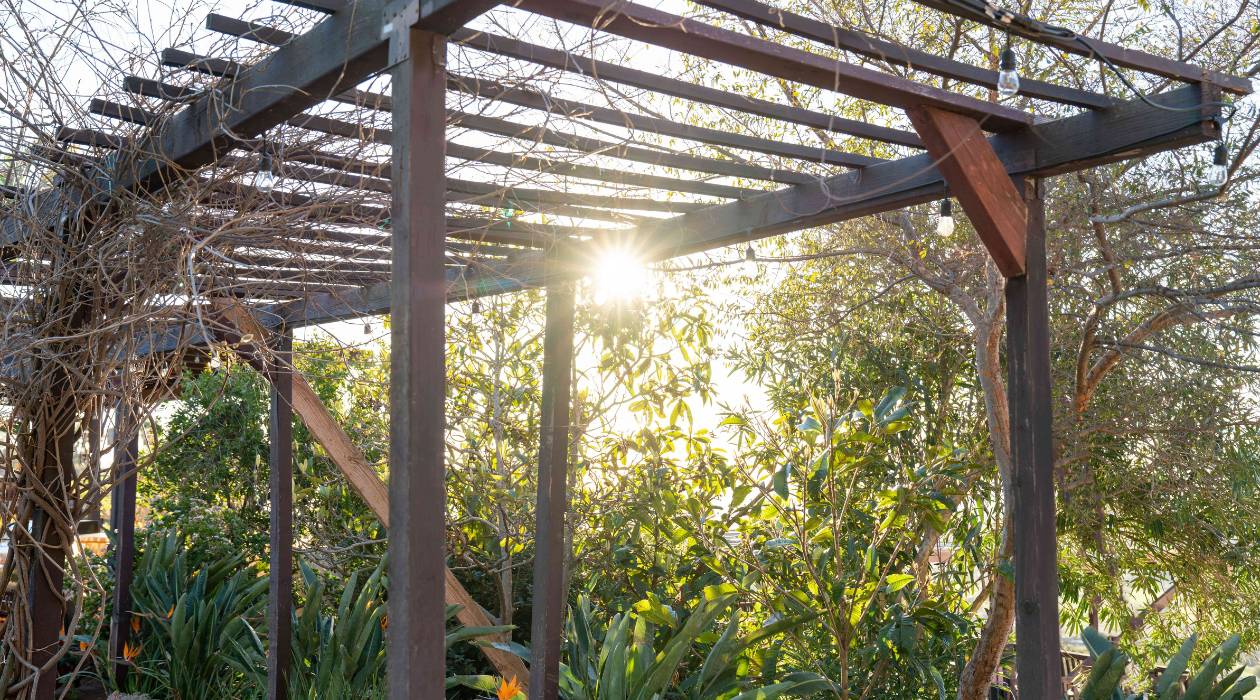
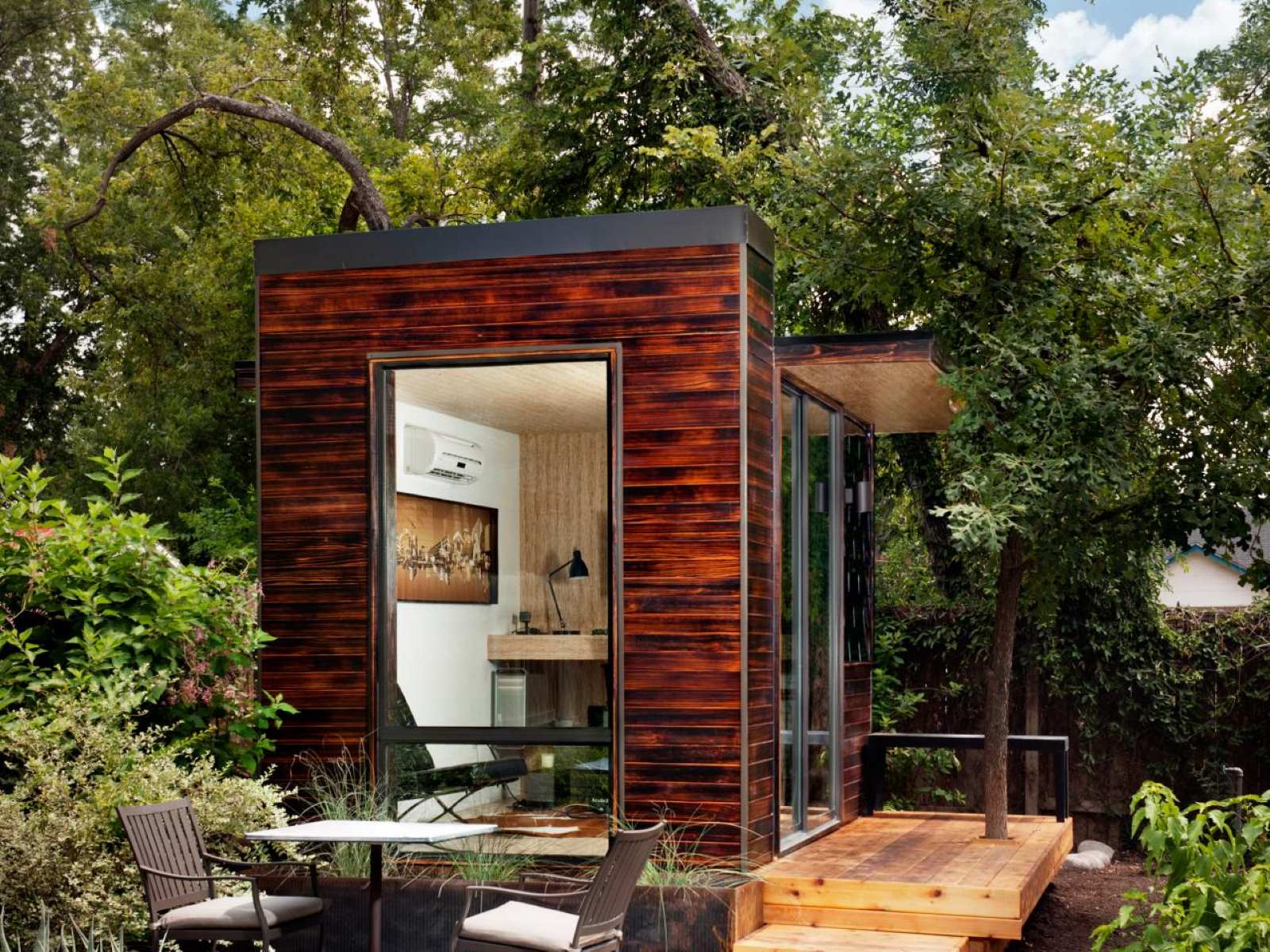
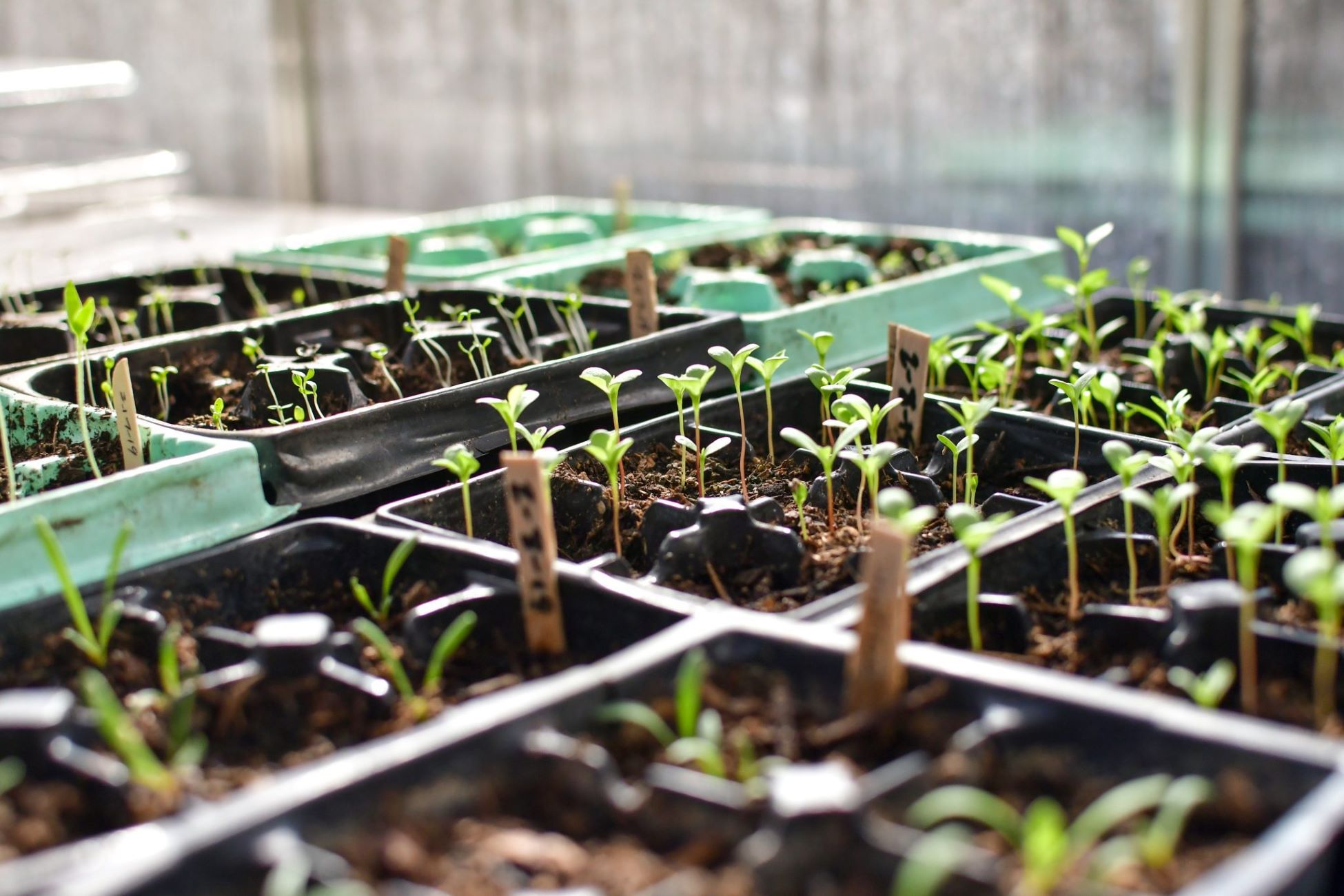
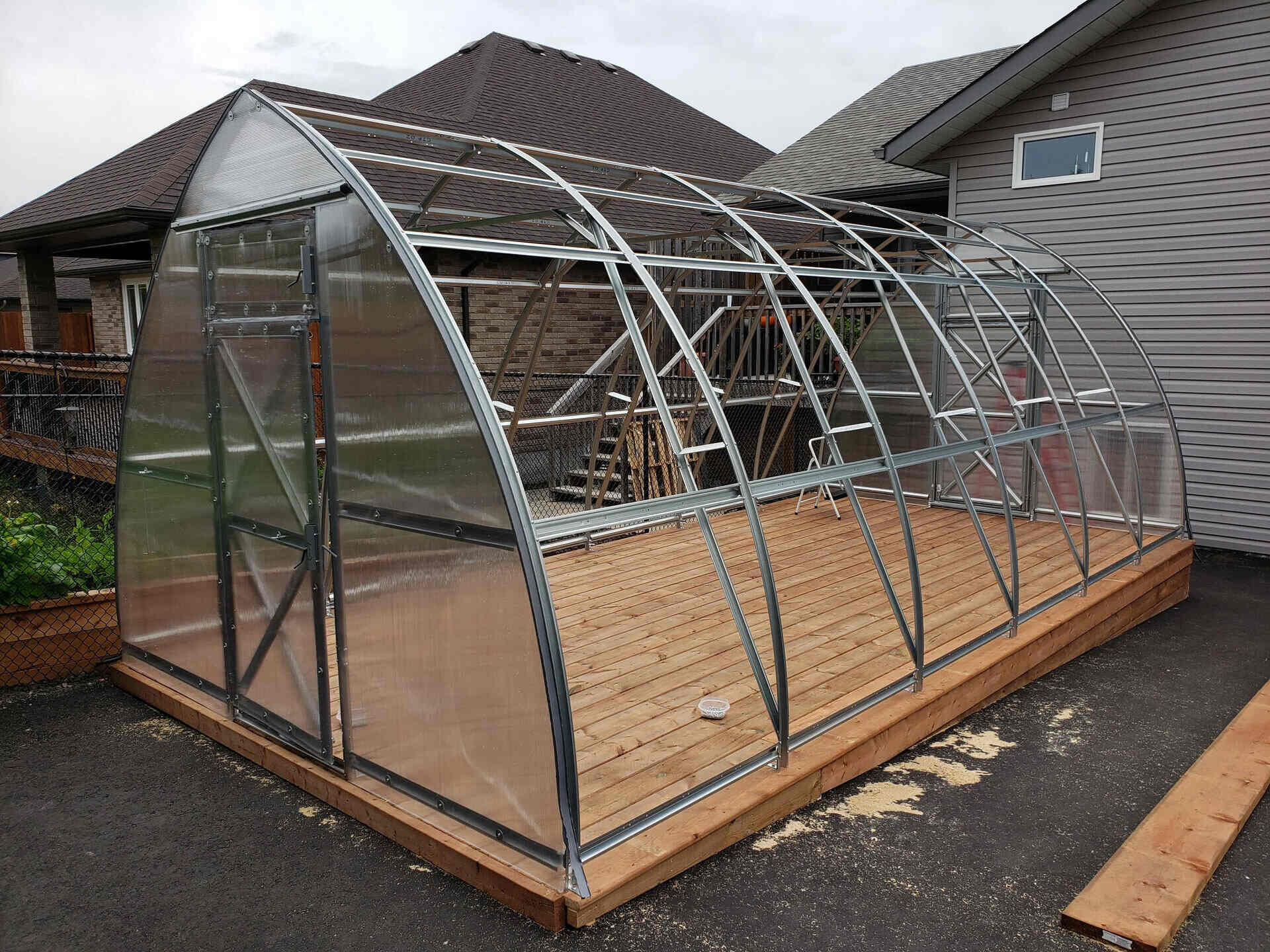
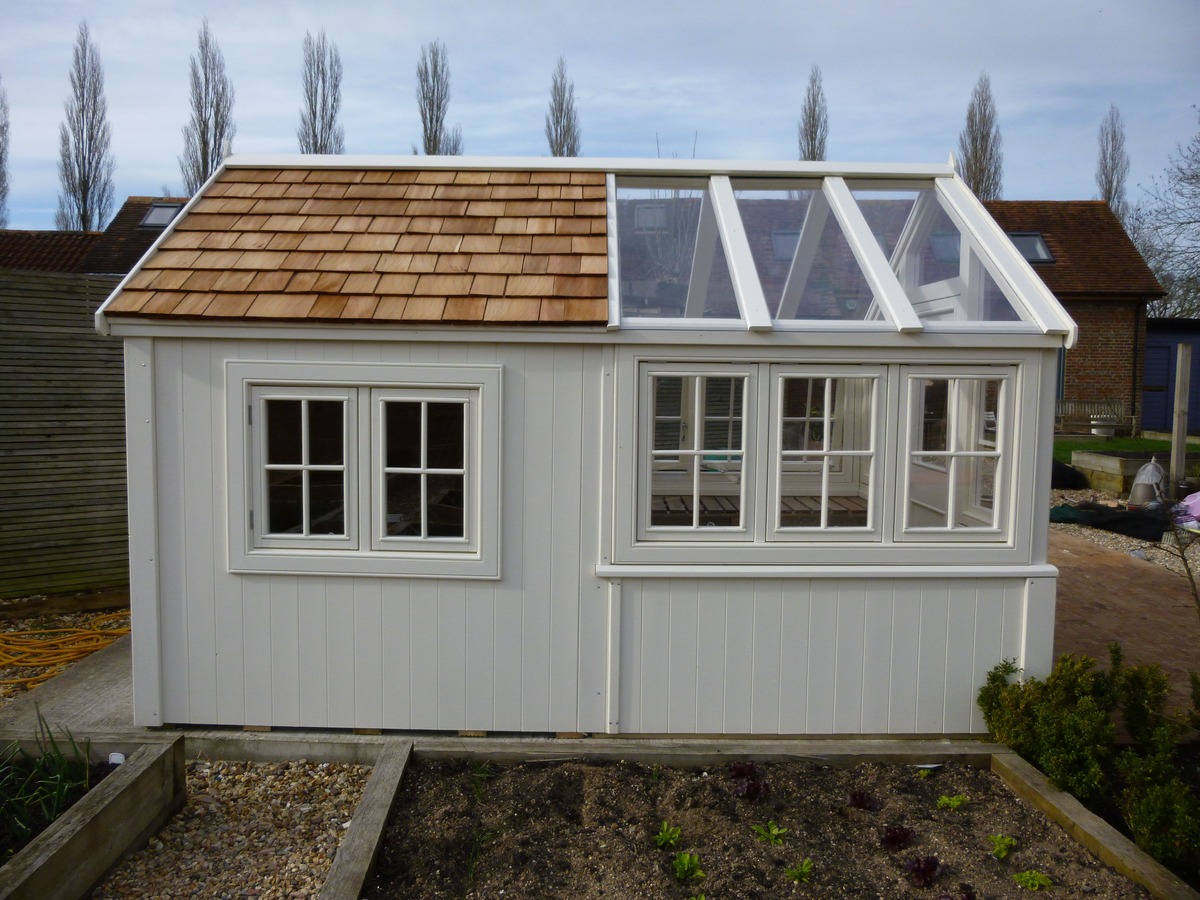
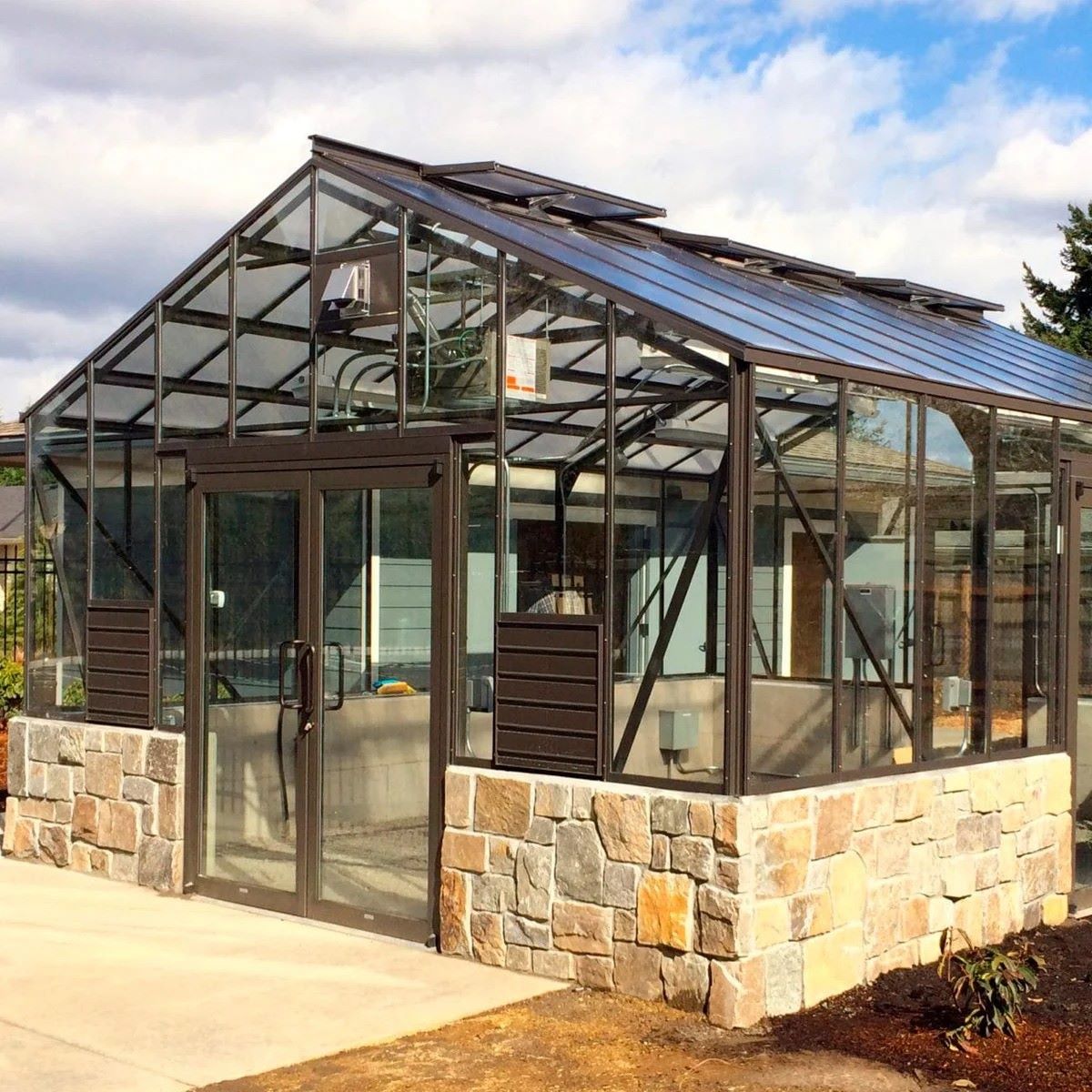
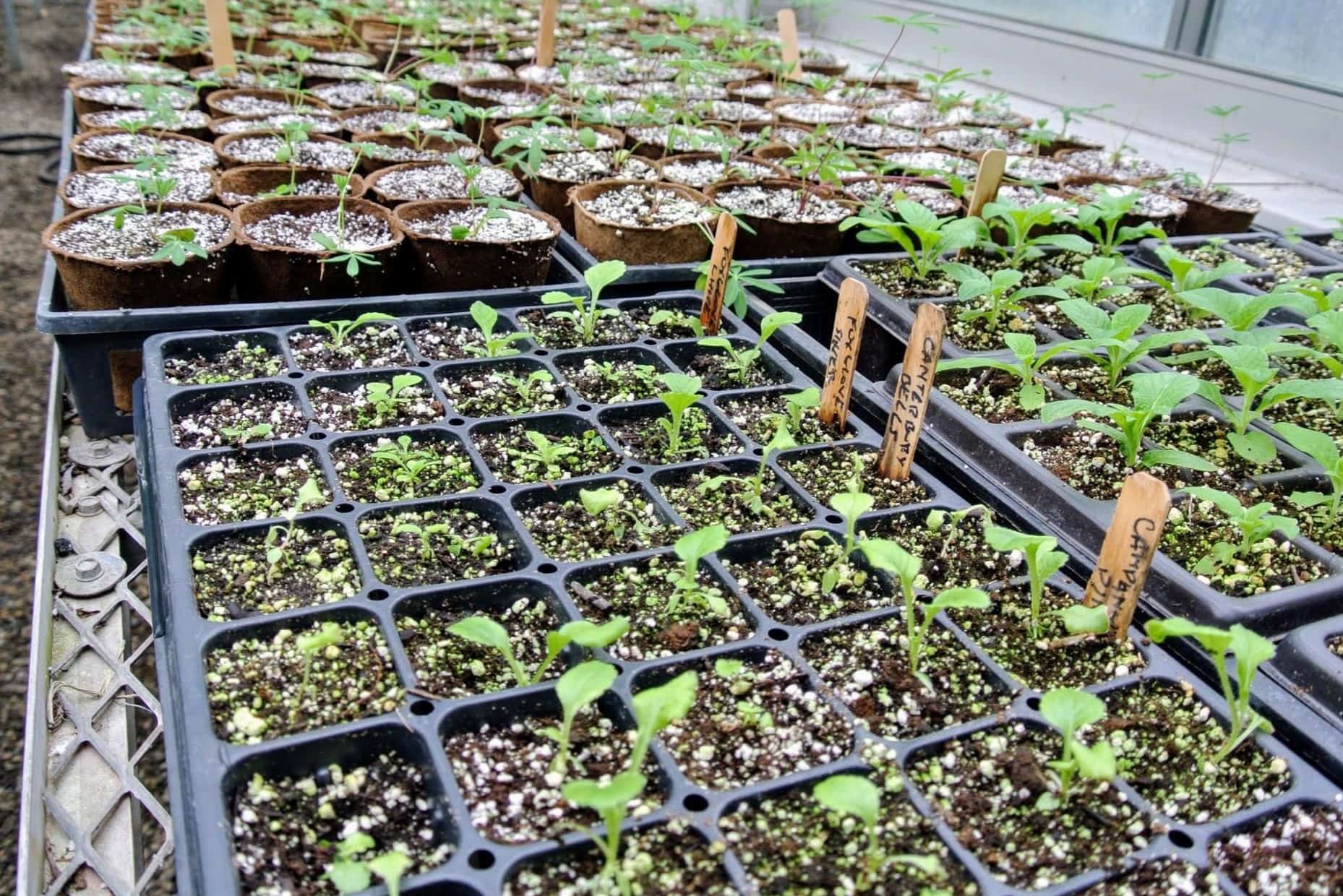
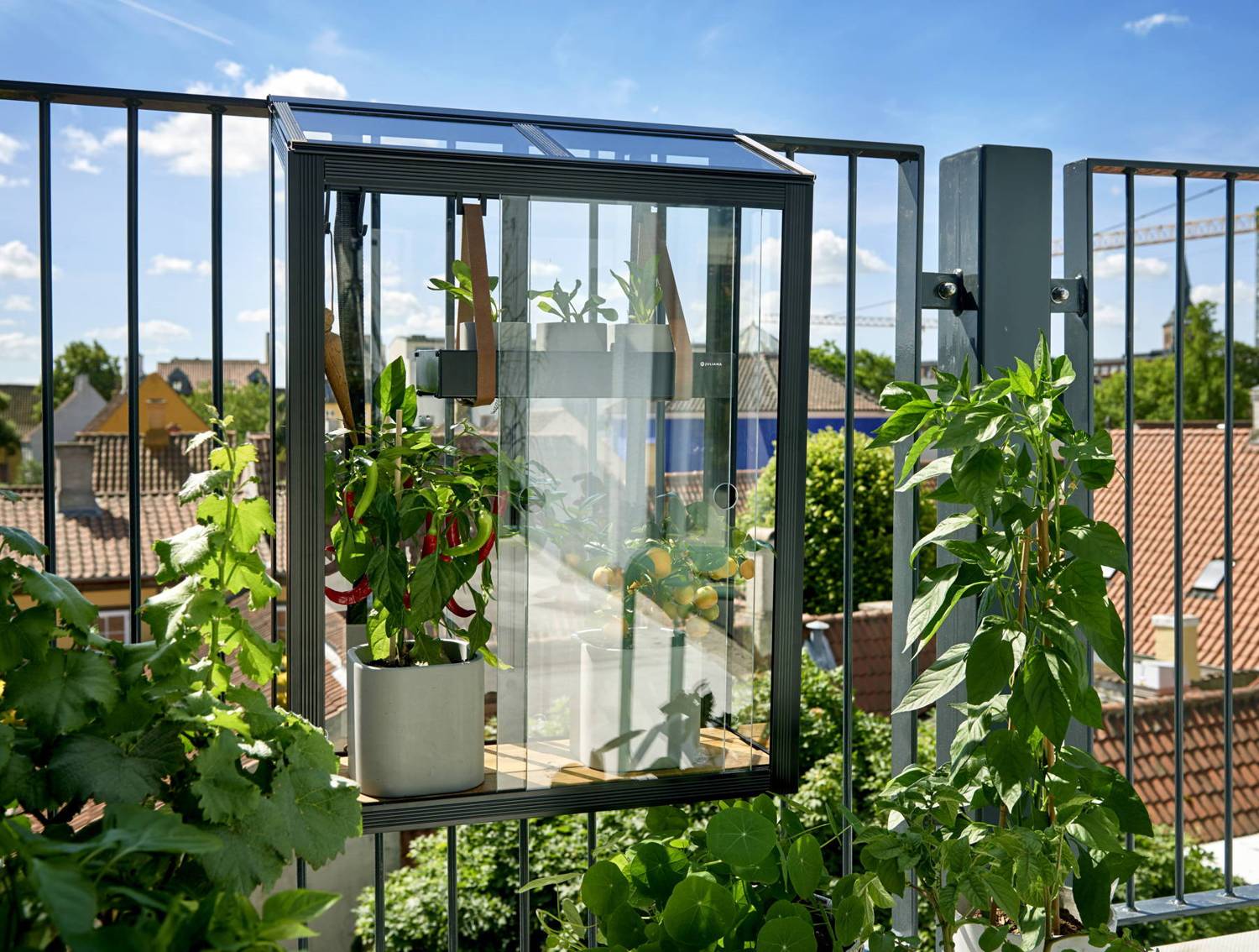
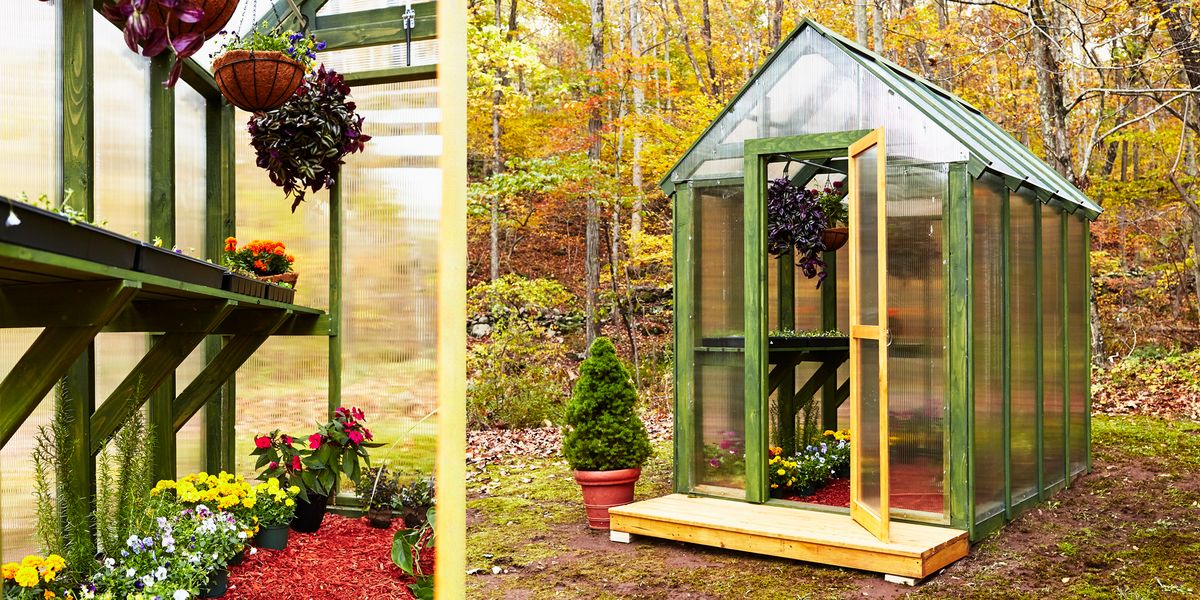
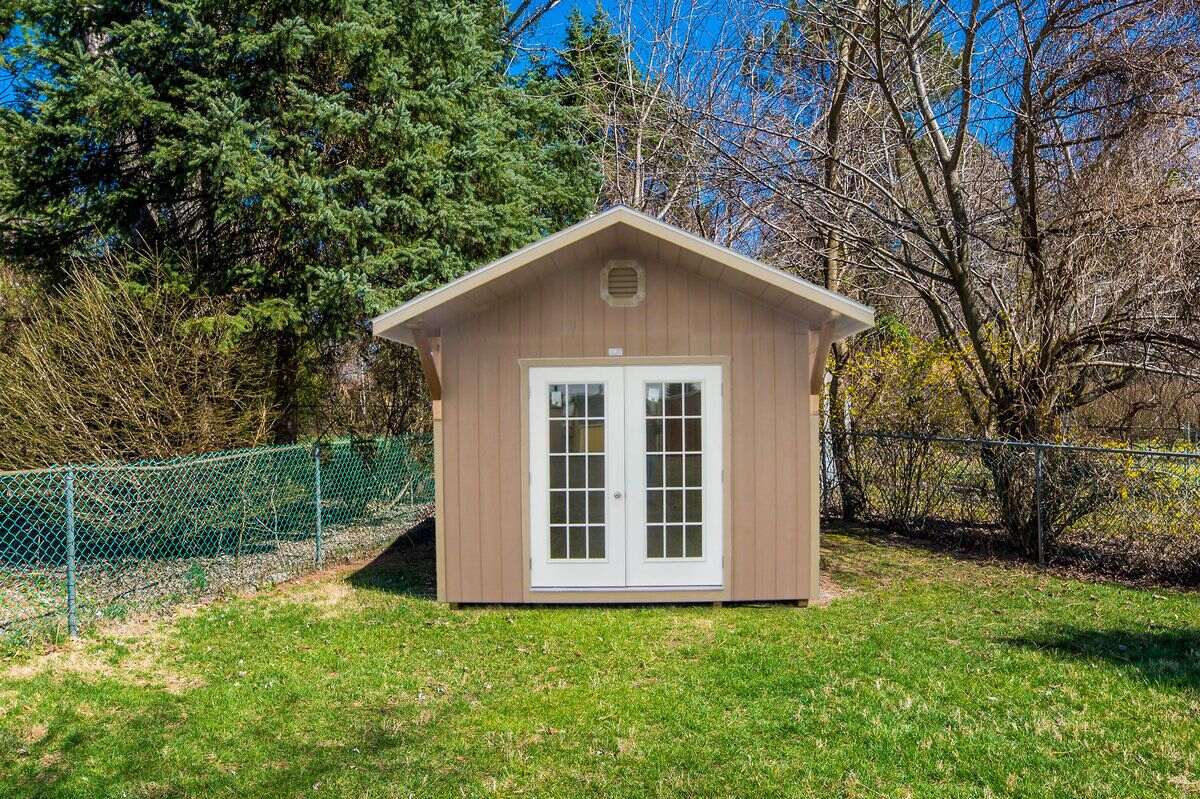
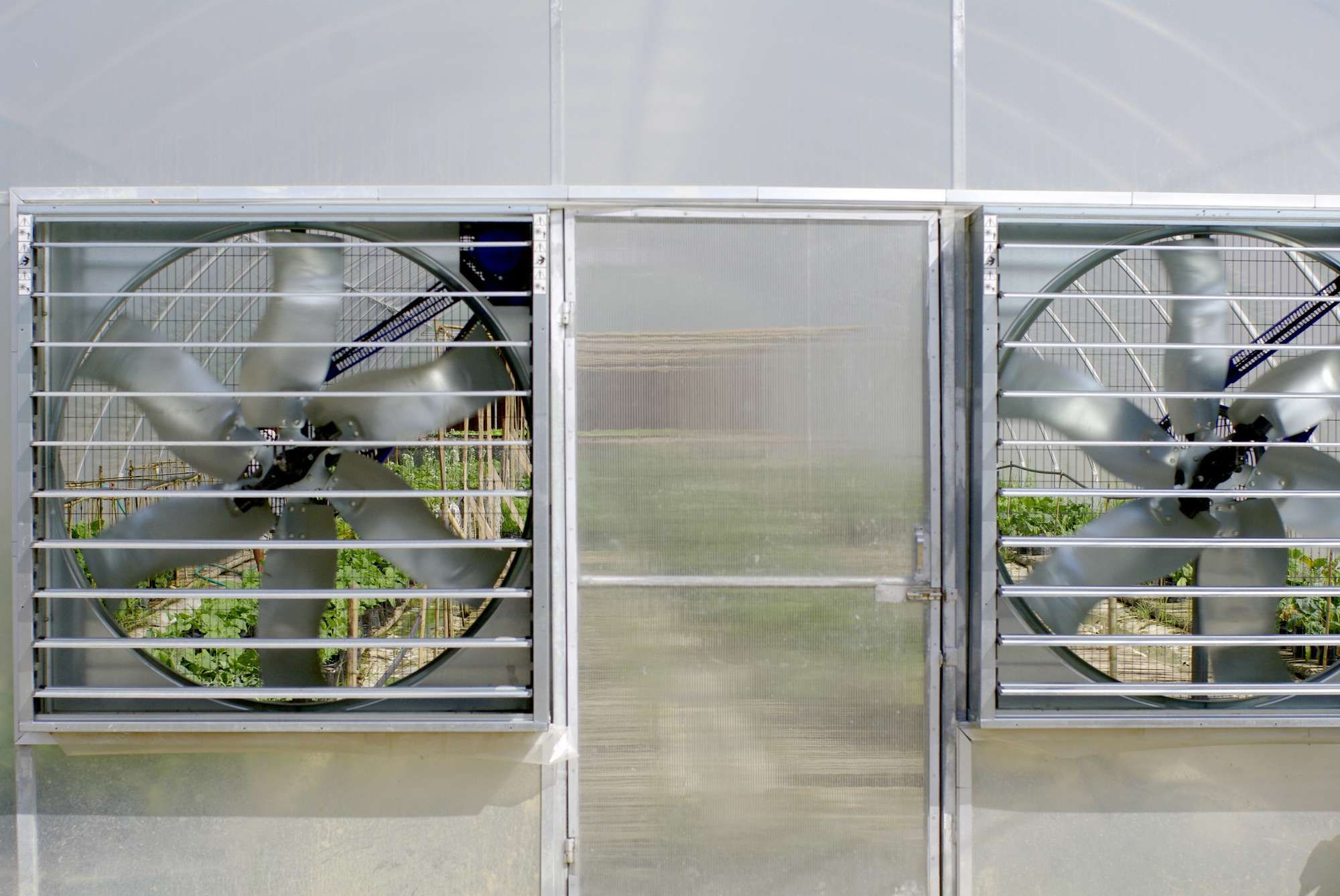

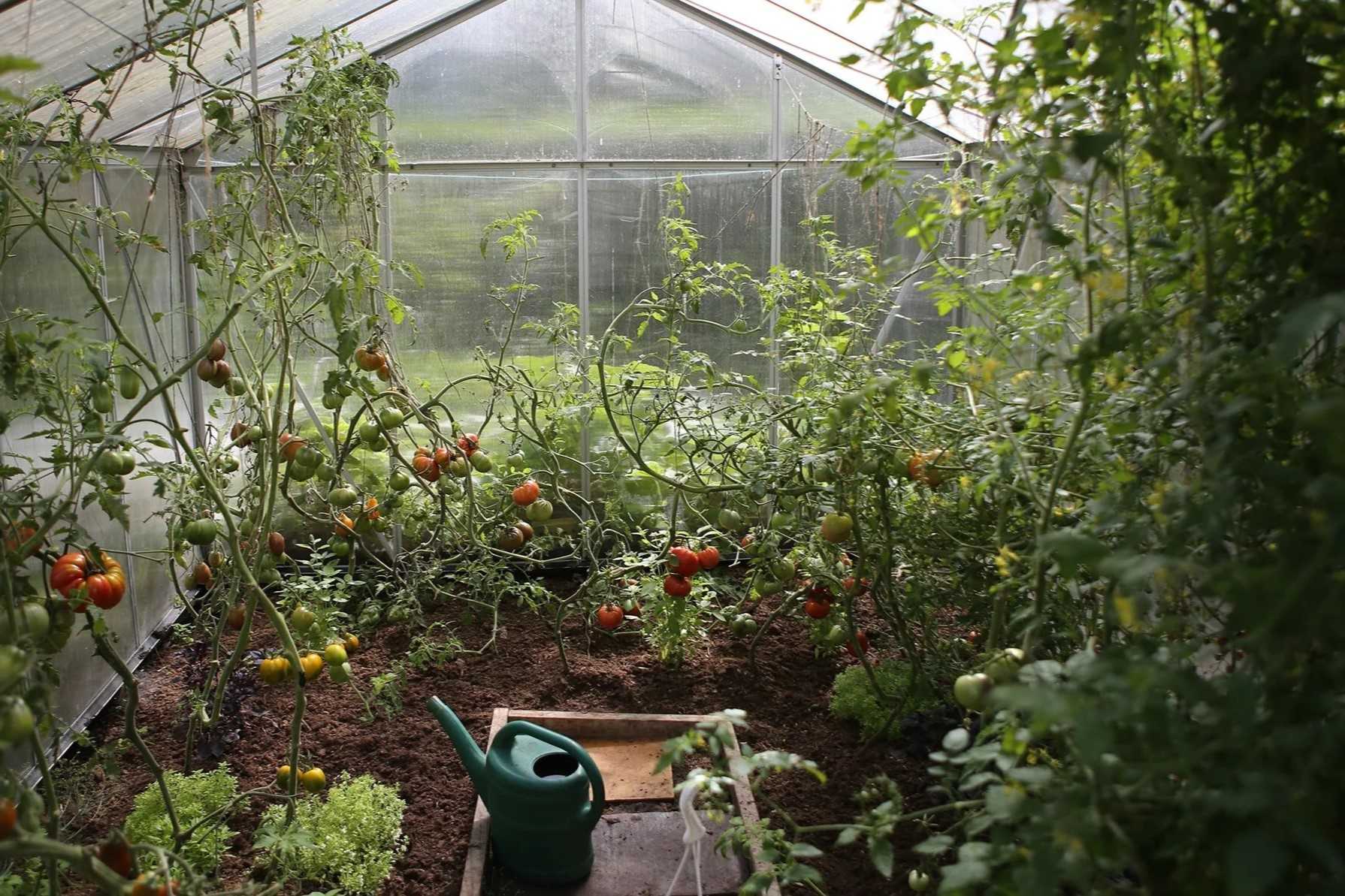

0 thoughts on “Backyard Greenhouse Ideas”